Home>Gardening & Outdoor>Plant Care & Gardening Tips>Where Is The Egg Plant Native To
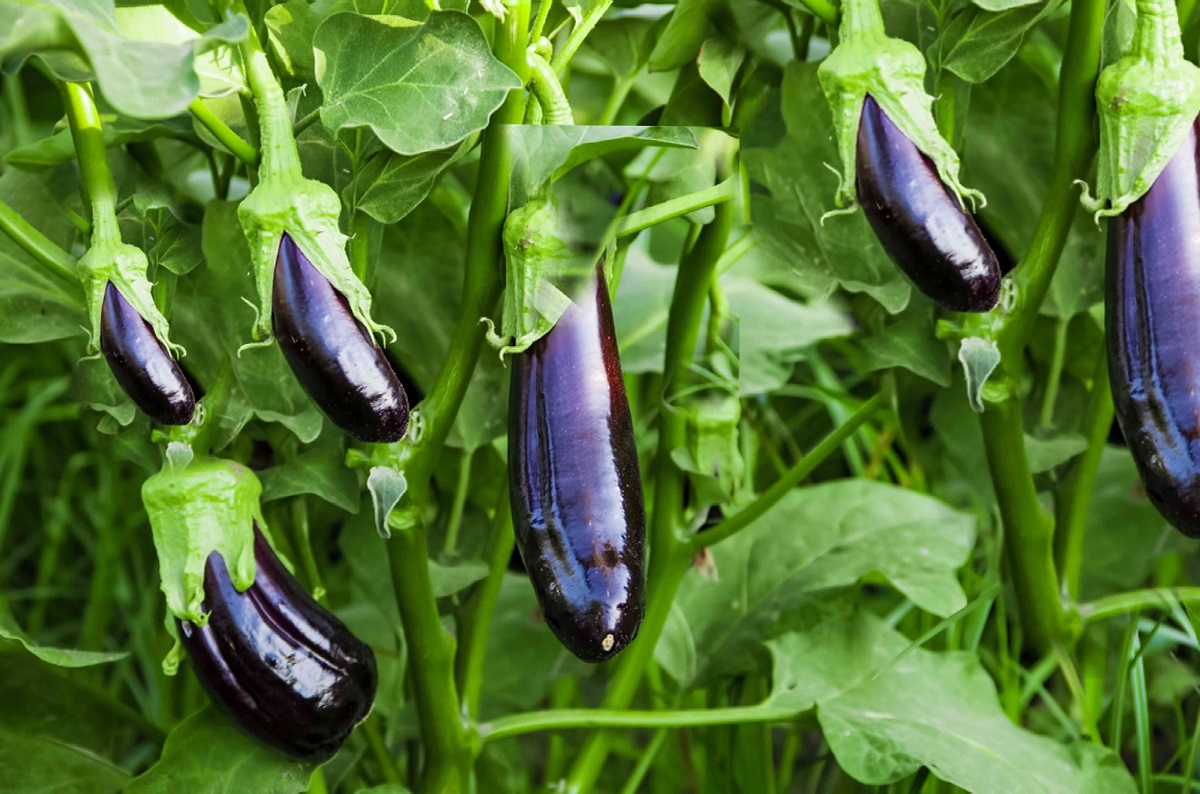

Plant Care & Gardening Tips
Where Is The Egg Plant Native To
Modified: February 28, 2024
Discover the native origins of the eggplant and get valuable plant care and gardening tips. Learn where this versatile plant thrives and how to cultivate it successfully.
(Many of the links in this article redirect to a specific reviewed product. Your purchase of these products through affiliate links helps to generate commission for Storables.com, at no extra cost. Learn more)
Introduction
Eggplant, also known as aubergine, is a versatile and nutritious vegetable that has been cultivated and enjoyed for centuries. This striking, deep purple vegetable is a staple in many cuisines around the world and is prized for its unique flavor and texture. In this article, we will delve into the fascinating history of eggplant, explore the various varieties available, discuss the optimal growing conditions for this plant, and uncover its culinary uses and significance in different cultures.
Eggplant is a member of the nightshade family, Solanaceae, and is closely related to tomatoes, peppers, and potatoes. Despite its name, eggplant is not a vegetable at all, but rather a fruit, botanically classified as a berry. Its rich and diverse history can be traced back to ancient times, and it has played a significant role in the culinary traditions of numerous cultures.
Join us on a journey through the captivating world of eggplant, where we will uncover its origins, celebrate its many varieties, and explore the diverse ways it is cultivated, cooked, and enjoyed across the globe. Whether you are a seasoned gardener, a culinary enthusiast, or simply curious about this remarkable fruit, this article will provide valuable insights into the eggplant's rich heritage and its enduring appeal.
Key Takeaways:
- Eggplant, also known as aubergine, originated in India over 4,000 years ago and has since become a beloved ingredient in cuisines worldwide, from Mediterranean casseroles to Asian stir-fries.
- With its diverse varieties, from classic globe eggplants to slender Asian cultivars, eggplant offers a wide range of flavors and textures, catering to different culinary preferences and growing conditions.
Read more: Where Is Ice Plant Native To
The History of Eggplant
The history of eggplant is a tale of intrigue, spanning centuries and continents. Believed to have originated in India, eggplant, or Solanum melongena, has a rich and diverse heritage that has shaped its cultivation and consumption worldwide. The earliest known records of eggplant cultivation date back to ancient India, where it was first domesticated over 4,000 years ago. From there, it made its way to China, the Middle East, and eventually Europe, where it became an integral part of many regional cuisines.
During the Middle Ages, eggplant was introduced to the Mediterranean region by Arab traders, and it quickly gained popularity in countries such as Italy, Spain, and Greece. Its arrival in Europe sparked both curiosity and controversy, as it was initially met with suspicion and skepticism due to its unfamiliar appearance and association with the nightshade family. However, its gradual integration into European cuisine led to the development of iconic dishes such as ratatouille in France and melanzane alla parmigiana in Italy.
As explorers and traders traversed the globe, eggplant found its way to new territories, including Africa and the Americas. In each new region, it adapted to local climates and culinary traditions, further diversifying its varieties and culinary uses. Today, eggplant is cultivated and enjoyed in a multitude of forms, from the slender Asian varieties to the round, purple globe eggplants commonly found in Western supermarkets.
The history of eggplant is a testament to its enduring appeal and adaptability. Its journey from ancient India to the far reaches of the globe reflects its ability to transcend cultural boundaries and become a beloved ingredient in a wide array of cuisines. Whether roasted, grilled, stewed, or fried, eggplant continues to captivate the palates of people around the world, adding depth and flavor to countless dishes.
Eggplant Varieties
Eggplant, with its diverse array of shapes, sizes, and colors, boasts a wide range of varieties that cater to different culinary preferences and growing conditions. From the familiar deep purple globe eggplants to the slender and elongated Asian varieties, each type offers its own unique flavor and texture, making it a versatile ingredient in various cuisines.
One of the most common eggplant varieties is the classic globe eggplant, also known as American eggplant. This variety is large and round with a deep purple, glossy skin. Its creamy, mild flesh makes it well-suited for grilling, roasting, and sautéing, and it is often used in dishes such as eggplant Parmesan and moussaka.
Japanese eggplants, on the other hand, are slender and elongated, with a thinner skin and delicate, sweet flavor. These eggplants are ideal for stir-frying, grilling, and pickling, and their tender flesh cooks quickly, making them a popular choice in Asian cuisines.
Thai eggplants, also known as pea eggplants, are small, round, and green, resembling petite tomatoes. These tiny eggplants are often used in curries and soups, where they contribute a slightly bitter flavor and add textural interest to the dish.
In addition to these well-known varieties, there are also specialty eggplants such as the graffiti eggplant, which features striking purple and white stripes, and the Italian Rosa Bianca eggplant, known for its mild, creamy flesh and delicate flavor. These unique varieties add visual appeal and distinct flavors to culinary creations, making them popular choices for home gardeners and chefs alike.
When selecting eggplant varieties for cultivation or culinary experimentation, it is essential to consider the specific characteristics and flavors of each type. Whether seeking a robust, meaty texture or a delicate, sweet flavor, there is an eggplant variety to suit every taste and culinary endeavor.
Growing Conditions for Eggplant
Eggplant, a warm-season crop, thrives in well-drained, fertile soil and requires ample sunlight to flourish. When cultivating eggplants, it is essential to provide optimal growing conditions to ensure healthy plant development and bountiful harvests.
First and foremost, selecting a suitable location for planting is crucial. Eggplants should be grown in a sunny spot with at least six to eight hours of direct sunlight daily. Additionally, the soil should be rich in organic matter and have a slightly acidic to neutral pH level, typically ranging from 5.5 to 7.0. Amending the soil with compost or well-rotted manure before planting can enhance its fertility and structure, providing an ideal environment for eggplant growth.
When it comes to temperature, eggplants thrive in warm climates and are sensitive to cold temperatures. Therefore, it is advisable to plant them after the last frost date in the spring, ensuring that the soil has warmed to around 70°F (21°C). In regions with shorter growing seasons, starting eggplant seeds indoors several weeks before the last frost can give the plants a head start and extend the growing period.
Proper spacing is also essential for healthy eggplant growth. Seedlings should be planted 18 to 24 inches apart in rows with 30 to 36 inches between them, allowing ample room for the plants to spread and for air circulation to prevent disease. Mulching around the base of the plants can help retain soil moisture, regulate temperature, and suppress weed growth, promoting overall plant health.
Regular watering is crucial for eggplant cultivation, as consistent moisture levels are necessary for optimal fruit development. However, it is important to avoid overwatering, as excessively wet soil can lead to root rot and other issues. A layer of organic mulch can aid in moisture retention and reduce the frequency of watering, contributing to the plants’ overall vigor and productivity.
By providing the appropriate growing conditions, including ample sunlight, well-drained soil, and proper spacing, gardeners can cultivate thriving eggplants that yield an abundance of flavorful, nutrient-rich fruits. Whether grown in home gardens or on a larger scale, eggplants are a rewarding crop that offers a bountiful harvest when cared for attentively.
The eggplant is native to India, where it has been cultivated for over 4,000 years. It was later introduced to the Middle East and Africa by traders.
Culinary Uses of Eggplant
Eggplant, with its rich, creamy texture and subtle, earthy flavor, is a versatile ingredient that lends itself to a wide range of culinary applications. From hearty main courses to zesty appetizers and savory sides, this remarkable fruit is a staple in cuisines across the globe, celebrated for its ability to absorb flavors and complement a diverse array of ingredients.
One of the most iconic eggplant dishes is the classic Italian melanzane alla parmigiana, featuring layers of eggplant, tomato sauce, and cheese, baked to perfection. This hearty, comforting dish highlights the eggplant’s ability to add depth and richness to savory preparations, making it a beloved choice for vegetarians and omnivores alike.
Eggplant’s affinity for grilling and roasting is showcased in dishes such as baba ghanoush, a Middle Eastern spread made from roasted eggplant, tahini, and spices, and caponata, a Sicilian relish that combines eggplant, tomatoes, and olives. These vibrant, flavorful creations demonstrate the eggplant’s versatility and its ability to elevate dishes with its smoky, nuanced character.
In Asian cuisines, eggplant is often stir-fried, braised, or added to curries, showcasing its ability to absorb bold, aromatic flavors. Chinese eggplant with garlic sauce, a savory and spicy stir-fry, and baingan bharta, an Indian dish featuring roasted eggplant and aromatic spices, exemplify the fruit’s adaptability and its ability to enhance complex, savory dishes.
For those seeking lighter fare, eggplant can be transformed into crispy, golden-brown slices in dishes such as eggplant parmesan or used as a hearty, meaty filling in vegetarian lasagnas and sandwiches. Its mild, creamy flesh pairs beautifully with a variety of herbs, spices, and sauces, making it a versatile and satisfying ingredient for a wide range of culinary creations.
Whether roasted, grilled, stewed, or fried, eggplant continues to captivate the palates of people around the world, adding depth and flavor to countless dishes. Its adaptability and ability to harmonize with a myriad of flavors make it a cherished ingredient in both traditional and innovative culinary endeavors, ensuring its enduring presence in kitchens and on dining tables worldwide.
Read more: Where Is Pitcher Plant Native To
Eggplant in Different Cultures
Eggplant, celebrated for its versatility and unique flavor, holds a cherished place in the culinary traditions of numerous cultures around the world. From the sun-drenched shores of the Mediterranean to the vibrant markets of Asia, this remarkable fruit has been embraced and transformed into a multitude of iconic dishes, each reflecting the distinct flavors and culinary techniques of its respective region.
In Mediterranean cuisine, eggplant plays a starring role in beloved dishes such as moussaka, a hearty casserole featuring layers of eggplant, spiced meat, and creamy béchamel sauce. Additionally, dishes like caponata, a sweet and sour Sicilian relish, and ratatouille, a vibrant Provençal stew, showcase the eggplant’s ability to harmonize with an array of vegetables and herbs, creating complex, satisfying flavors.
Across the Middle East, eggplant is transformed into smoky, velvety dips and spreads, such as baba ghanoush, where roasted eggplant is blended with tahini, garlic, and lemon juice, resulting in a luscious, flavorful dish. Eggplant is also commonly stuffed and braised in rich, spiced tomato sauces, showcasing its ability to absorb bold, aromatic flavors and provide a satisfying, meaty texture to vegetarian dishes.
In Asian cuisines, eggplant takes on a variety of forms, from tender, delicate Japanese eggplants used in stir-fries to small, round Thai eggplants featured in vibrant curries. Whether stir-fried with garlic and soy sauce or simmered in coconut milk with aromatic spices, eggplant adds depth and richness to Asian dishes, demonstrating its adaptability and ability to complement a wide range of flavors.
Furthermore, in Indian cuisine, eggplant is celebrated in dishes such as baingan bharta, where roasted eggplant is combined with fragrant spices and aromatics, creating a smoky, savory delicacy. Additionally, eggplant is used in vegetarian curries and stews, showcasing its ability to absorb and enhance the complex, vibrant flavors of Indian cuisine.
From the shores of the Mediterranean to the bustling markets of Asia and beyond, eggplant continues to inspire and delight with its rich, creamy texture and nuanced, earthy flavor. Its ability to adapt to diverse culinary techniques and ingredients has secured its place as a beloved ingredient in cuisines across the globe, ensuring its enduring presence on tables and in kitchens worldwide.
Conclusion
As we conclude our exploration of eggplant, it is evident that this remarkable fruit has left an indelible mark on the culinary landscape of diverse cultures around the world. From its ancient origins in India to its integration into the vibrant cuisines of the Mediterranean, Asia, and beyond, eggplant has captivated the palates of people across continents, offering a myriad of flavors and culinary possibilities.
The rich history of eggplant, spanning millennia and continents, reflects its enduring appeal and adaptability. Its journey from ancient India to the far reaches of the globe is a testament to its ability to transcend cultural boundaries and become a beloved ingredient in a wide array of cuisines.
Whether in the form of hearty Mediterranean casseroles, smoky Middle Eastern dips, vibrant Asian stir-fries, or fragrant Indian curries, eggplant continues to inspire and delight with its rich, creamy texture and nuanced, earthy flavor. Its adaptability and ability to harmonize with a myriad of flavors make it a cherished ingredient in both traditional and innovative culinary endeavors, ensuring its enduring presence in kitchens and on dining tables worldwide.
Furthermore, the diverse varieties of eggplant, from the classic globe eggplant to slender Asian cultivars, offer a wide range of flavors and textures, catering to different culinary preferences and growing conditions. Whether seeking a robust, meaty texture or a delicate, sweet flavor, there is an eggplant variety to suit every taste and culinary endeavor.
As we celebrate the rich history and culinary significance of eggplant, let us continue to explore its many uses and embrace its versatility in our kitchens. Whether roasted, grilled, stewed, or fried, eggplant offers a world of culinary possibilities, adding depth and flavor to countless dishes and enriching the tapestry of global cuisine.
So, as you embark on your culinary adventures, consider the eggplant in all its glorious forms, and savor the rich, diverse flavors it has to offer. From the Mediterranean to Asia and beyond, the eggplant continues to inspire and delight, inviting us to explore new culinary horizons and celebrate the vibrant tapestry of global flavors.
Frequently Asked Questions about Where Is The Egg Plant Native To
Was this page helpful?
At Storables.com, we guarantee accurate and reliable information. Our content, validated by Expert Board Contributors, is crafted following stringent Editorial Policies. We're committed to providing you with well-researched, expert-backed insights for all your informational needs.

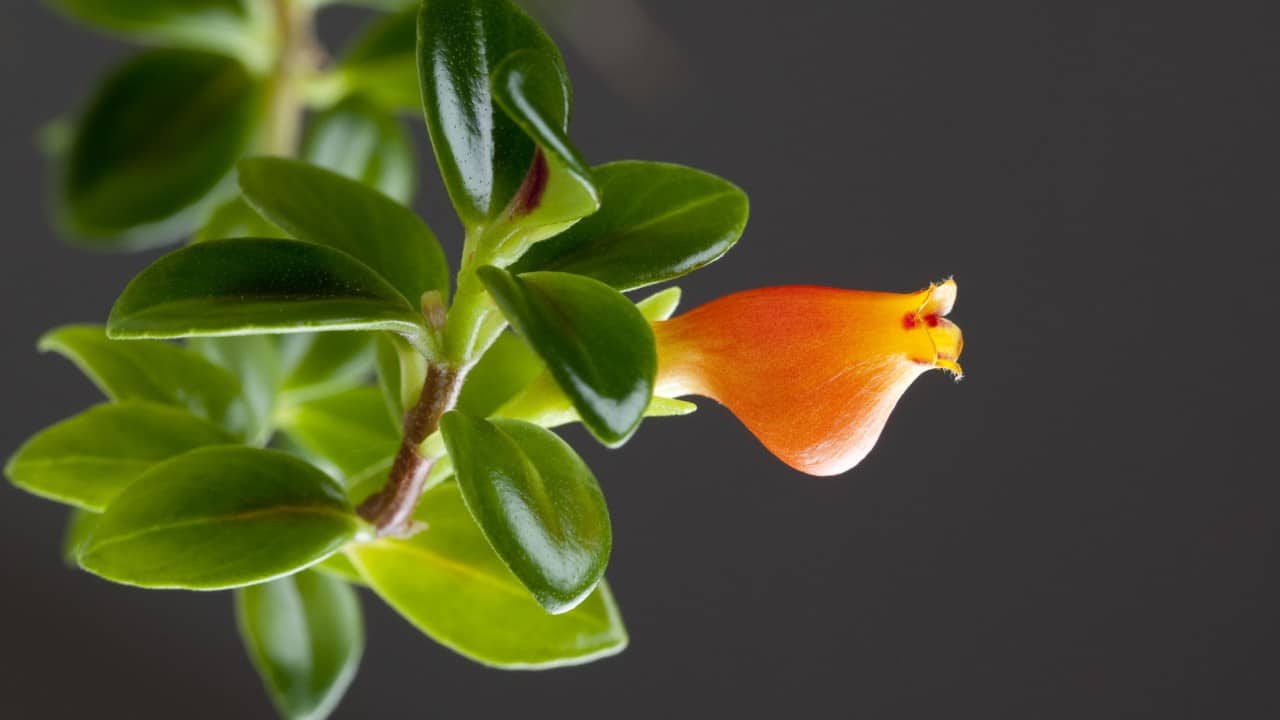
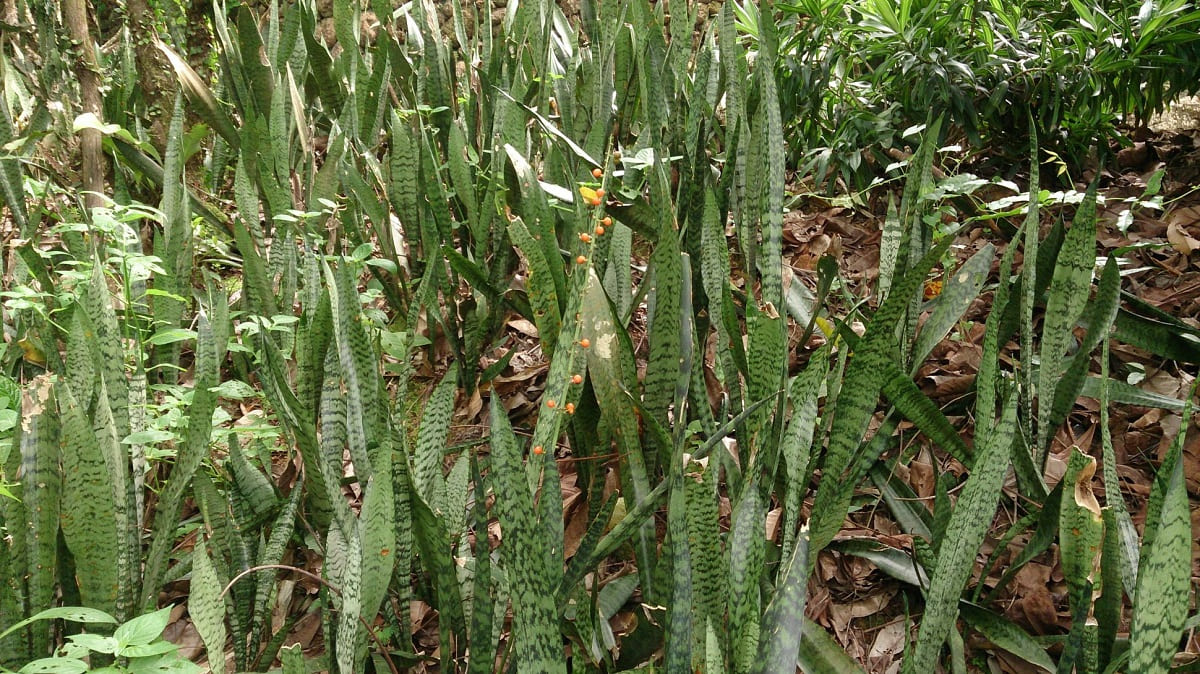


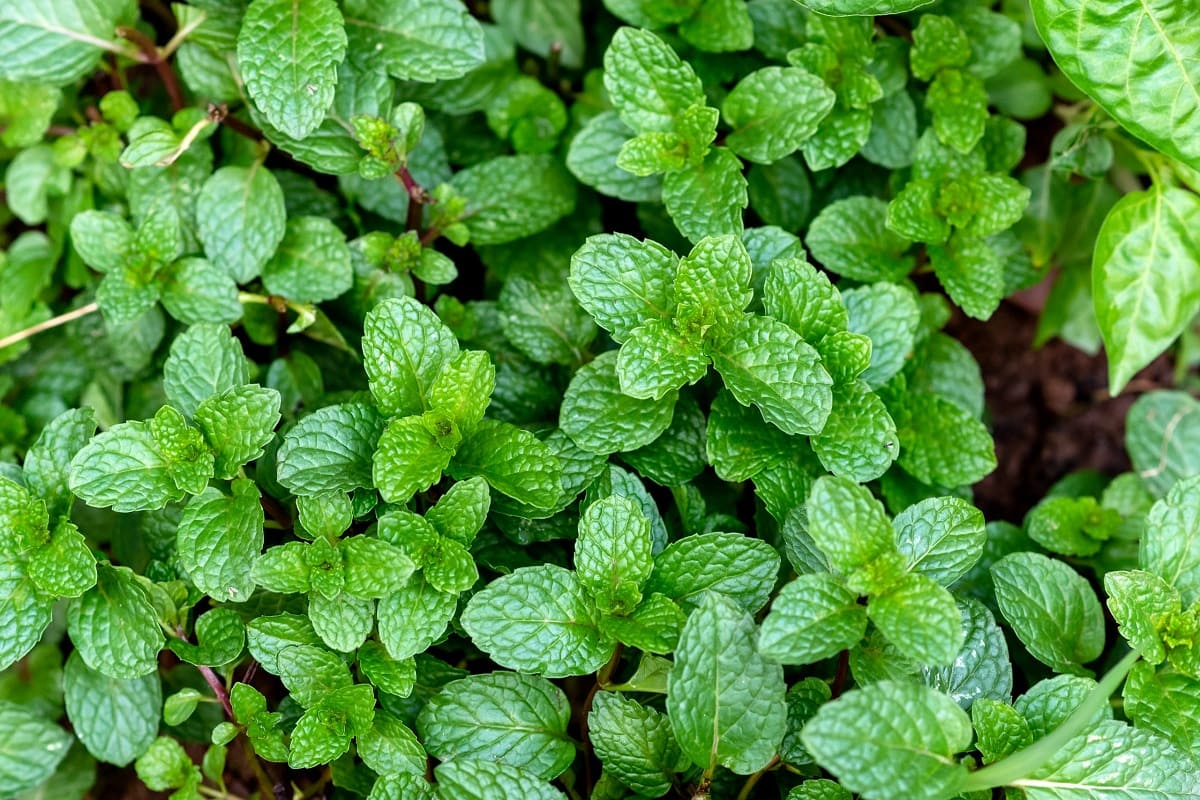

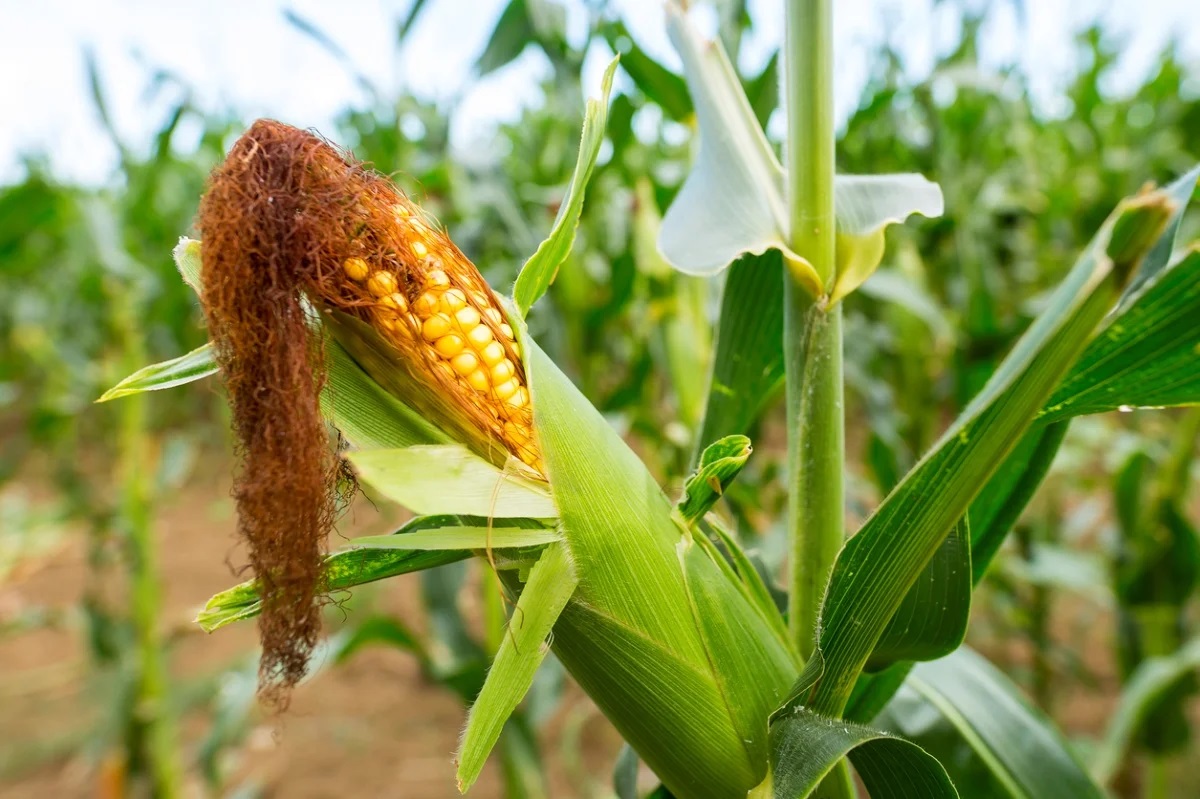

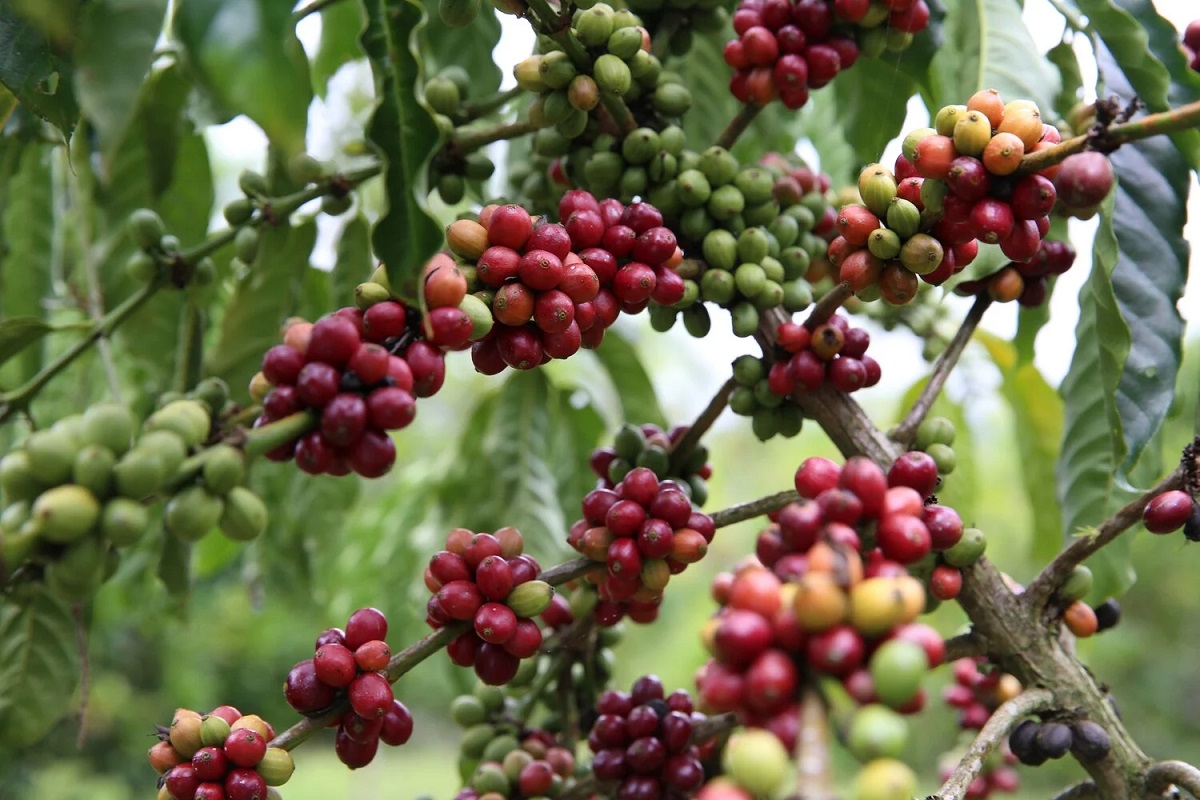
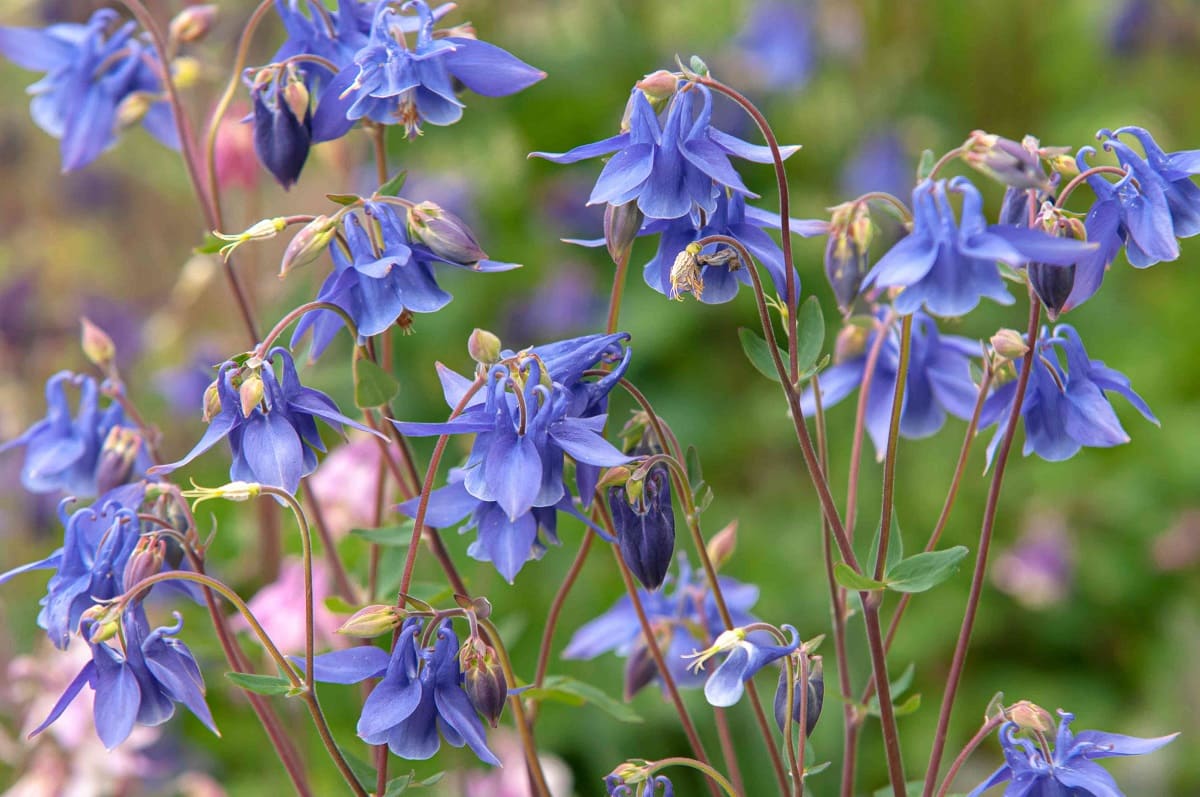

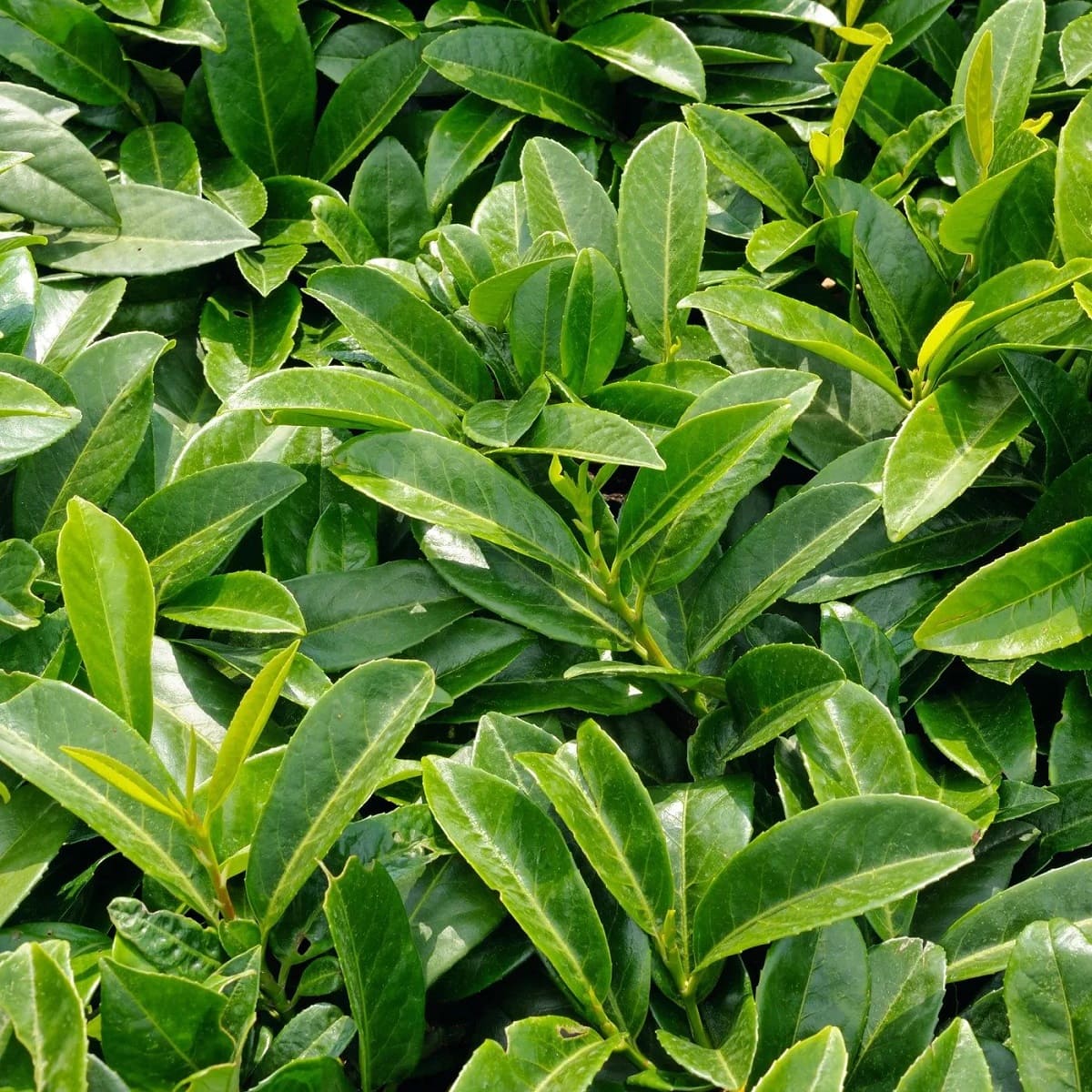


0 thoughts on “Where Is The Egg Plant Native To”